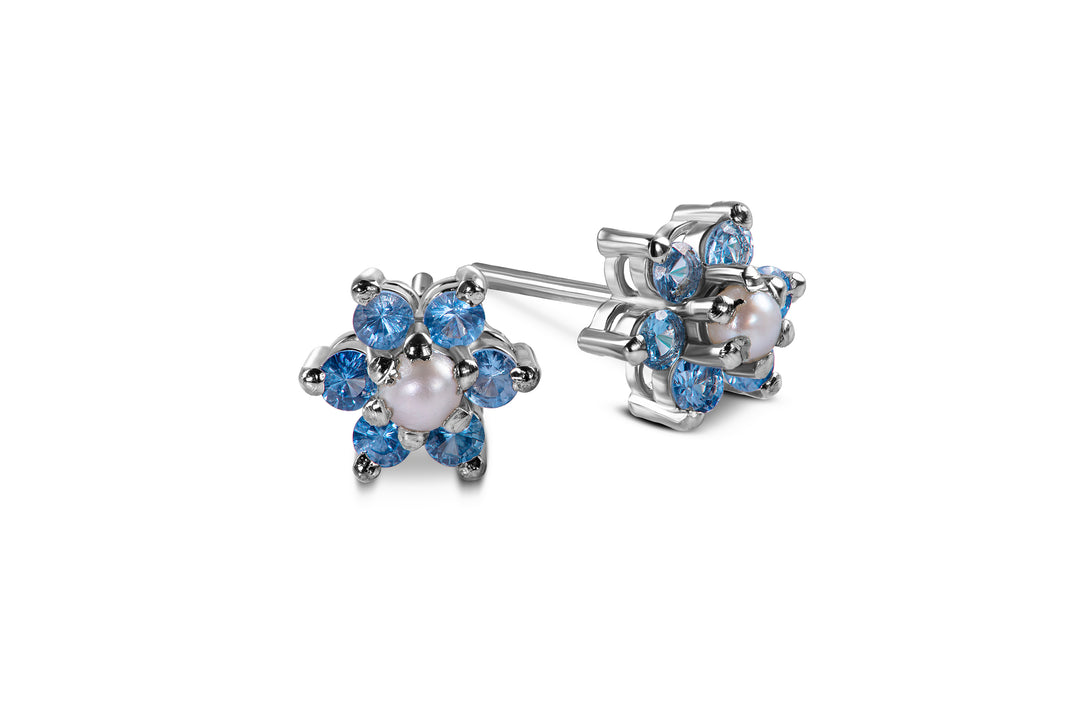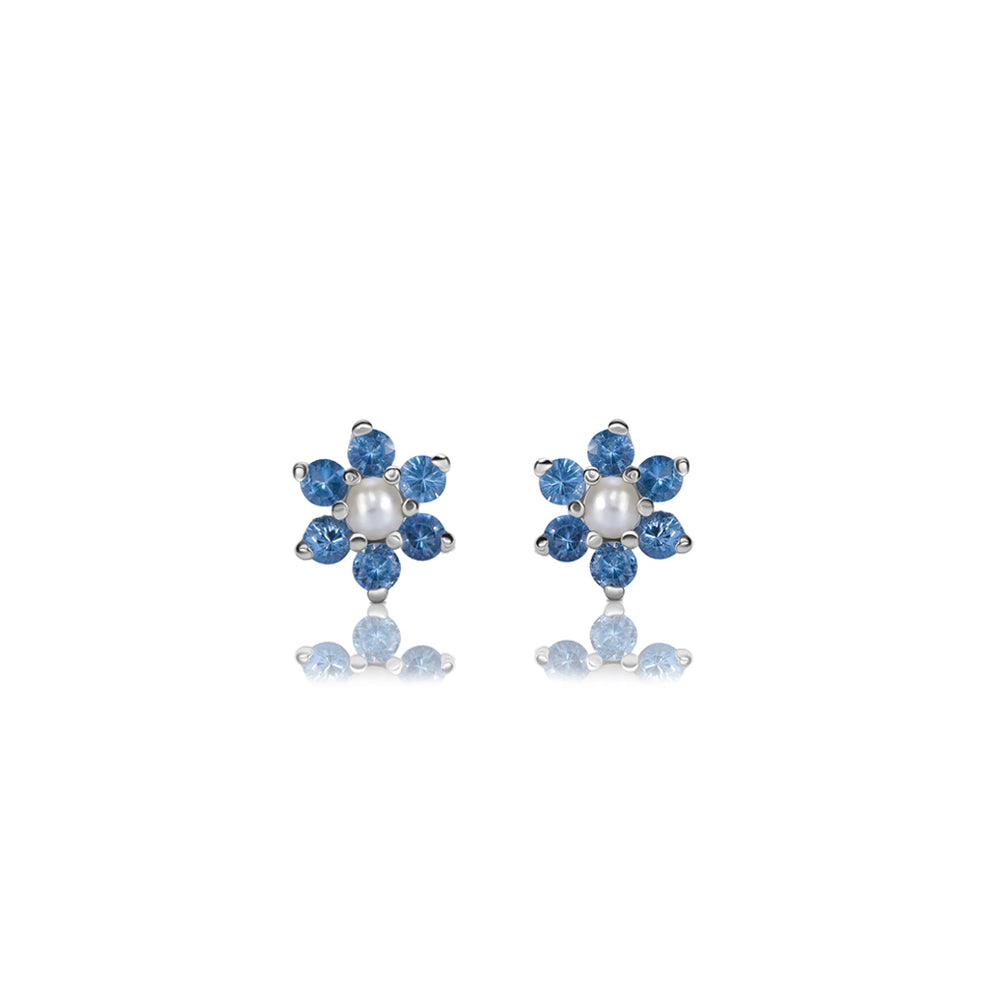ZAR-E-TOPAZ
Zanvari Fine Silver Jewelry is proud to unveil its "ZAR-E-TOPAZ" Collection, a testament to the timeless beauty of natural topaz set against the backdrop of exquisite 925 silver craftsmanship. Each piece in this collection captures the essence of Zanvari's commitment to originality, quality, and the art of jewelry making, featuring 100% original and natural gemstones. The Topaz Collection encompasses a range of ear studs and earrings, designed to celebrate the serene and captivating allure of topaz.
Understanding the Beauty of Variations in Topaz Stones
Topaz is a gemstone that comes in an array of stunning colors and variations, each offering its unique charm and beauty.
THE SPECTRUM OF BLUE
COLOR VARIATIONS
Topaz is most commonly associated with its blue varieties, but it can occur in a spectrum of colors:
- Blue Topaz: Ranges from pale sky blue to the deep and intense London blue. The color is often enhanced through irradiation and heat treatment to bring out its vibrant hues.
- Imperial Topaz: Prized for its shades of orange, pink, and peach, Imperial topaz is one of the most sought-after and valuable topaz varieties.
- White or Clear Topaz: Offers a colorless option that provides a diamond-like appearance at a more affordable price.
- Yellow and Brown Topaz: Natural tones that are often warm and rich, providing a subtle elegance.
- Pink Topaz: Rare and desirable, often ranging from a soft pastel to a vibrant hot pink.
- Green Topaz: One of the rarest colors, offering a delicate green hue that's typically very light and subtle.
INCLUSIONS/INTERNAL FACTOR
Inclusions in topaz, as with many gemstones, are internal characteristics that occur naturally during the crystal's formation process. These features can include a variety of different elements such as minerals, gases, liquids, or other crystal growths.
TYPES OF INCLUSIONS IN TOPAZ
-
Fluid Inclusions: These are tiny pockets of liquid that got trapped inside the crystal as it was forming. Fluid inclusions can sometimes also contain gas bubbles or solid particles. In topaz, they can appear as small droplets or trails, depending on how the liquid moved during the crystal’s growth.
-
Solid Inclusions: Solid inclusions are foreign minerals that became embedded in the topaz crystal as it grew. The nature and appearance of these inclusions can vary widely, depending on the type of mineral and its interaction with the topaz.
-
Growth Tubes: These are elongated hollow channels that reflect the crystal's growth patterns. They can vary in size and may be straight, curved, or irregular. Growth tubes in topaz may be visible to the naked eye or under magnification and can give insight into the crystal's formation environment.
-
Healing Cracks or Cleavages: Topaz can sometimes show features that look like cracks or cleavages which have partially or fully "healed" with the same material or another mineral. These are indicative of the stone undergoing stress during its growth or afterward, which then self-repaired.
BLEMISH/EXTERNAL FACTOR
-
Scratches: These are fine lines or marks on the surface caused by wear or contact with harder materials. Topaz has a hardness of 8 on the Mohs scale, making it relatively resistant to scratches, but not immune, especially when it comes into contact with harder substances.
-
Abrasions: Abrasions are areas of wear on the stone's facets or edges, often resulting from regular use. They can make the gemstone appear dull and may affect its sparkle.
-
Chips and Nicks: Small pieces of the gemstone might be chipped away due to impact with hard surfaces or materials. These can occur on any part of the stone but are most noticeable and detrimental on the edges or at the girdle.
-
Fractures: While technically an internal feature, fractures that reach the surface can be considered blemishes. They can make the stone more vulnerable to breaking and can significantly reduce its value.
-
Pits: Small, usually round, depressions on the surface of the gemstone. Pits can occur naturally or as a result of wear.









